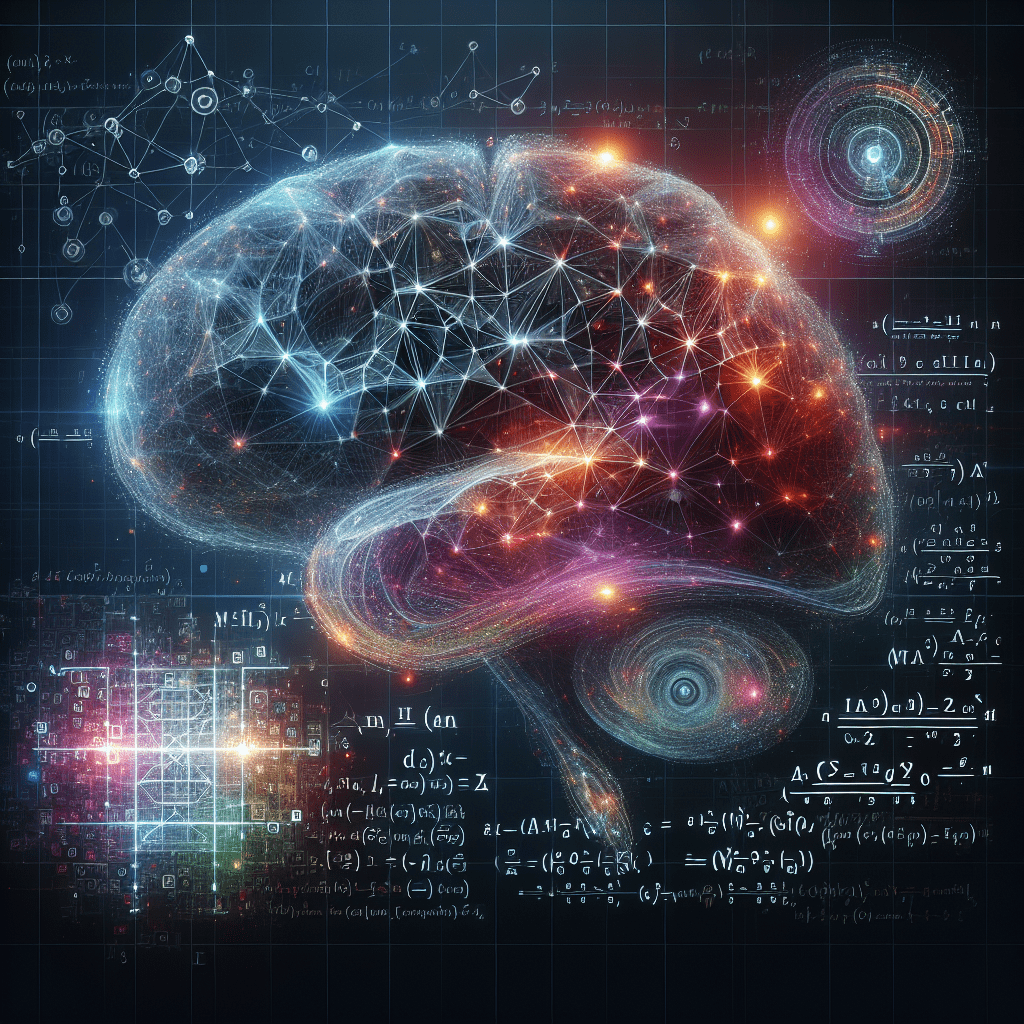Artificial Intelligence (AI) has been making significant strides in recent years, particularly in the fields of machine learning and deep learning. These technologies have revolutionized industries such as healthcare, finance, and marketing, and have the potential to continue transforming the way we live and work. In this article, we will explore the latest updates in AI, and discuss what the future holds for machine learning and deep learning.
Machine Learning Updates
Machine learning is a subset of AI that enables computers to learn from data without being explicitly programmed. It has been used in a wide range of applications, from image and speech recognition to fraud detection and recommendation systems. One of the major trends in machine learning is the rise of deep learning, a type of machine learning that uses neural networks to simulate the human brain’s ability to learn. Deep learning has achieved impressive results in tasks such as image and speech recognition, natural language processing, and playing games.
Recent advancements in machine learning include the development of more powerful algorithms, such as deep neural networks and reinforcement learning. Researchers are also exploring new techniques for training machine learning models, such as transfer learning and meta-learning. These developments have led to breakthroughs in areas like healthcare, where machine learning is being used to diagnose diseases, personalize treatment plans, and predict patient outcomes.
Deep Learning Updates
Deep learning is a branch of machine learning that uses neural networks with multiple layers to extract features from data. It has demonstrated remarkable capabilities in tasks such as image and speech recognition, natural language processing, and autonomous driving. One of the key advancements in deep learning is the development of more sophisticated neural network architectures, such as convolutional neural networks (CNNs) and recurrent neural networks (RNNs).
Recent updates in deep learning include the introduction of attention mechanisms, which enable neural networks to focus on specific parts of input data. Researchers are also exploring ways to improve the efficiency and interpretability of deep learning models, such as through the use of explainable AI and adversarial training. These innovations have paved the way for applications like self-driving cars, language translation, and personalized recommendations.
What’s Next for Machine Learning and Deep Learning?
The future of machine learning and deep learning holds immense potential for innovation and growth. Researchers are working on developing more powerful algorithms, such as graph neural networks and transformer models, to tackle complex problems in areas like robotics, finance, and climate science. They are also exploring new paradigms for training and deploying machine learning models, such as federated learning and model compression.
One of the key challenges in machine learning and deep learning is addressing issues like bias, fairness, and accountability. Researchers are striving to make AI systems more transparent and trustworthy, by designing algorithms that are ethical, explainable, and robust. They are also investigating ways to improve the social impact of AI, by ensuring that it benefits all individuals and communities.
Conclusion
In conclusion, the field of AI is evolving rapidly, with machine learning and deep learning at the forefront of innovation. Recent updates in these technologies have led to significant advancements in various industries, from healthcare to finance. Looking ahead, the future of machine learning and deep learning promises to be filled with exciting possibilities, as researchers continue to push the boundaries of what AI can achieve.
FAQs
1. What is the difference between machine learning and deep learning?
Machine learning is a subset of AI that enables computers to learn from data without being explicitly programmed, while deep learning is a type of machine learning that uses neural networks with multiple layers to extract features from data.
2. What are some applications of machine learning and deep learning?
Machine learning and deep learning have been used in a wide range of applications, such as image and speech recognition, fraud detection, recommendation systems, healthcare, finance, and autonomous driving.
3. What are some challenges in machine learning and deep learning?
Some of the key challenges in machine learning and deep learning include bias, fairness, interpretability, and accountability. Researchers are working to address these issues to make AI systems more transparent and trustworthy.
Quotes:
“The development of full artificial intelligence could spell the end of the human race.” – Stephen Hawking
Write a story about a group of teenagers who uncover a secret supernatural world hidden beneath their small town.


